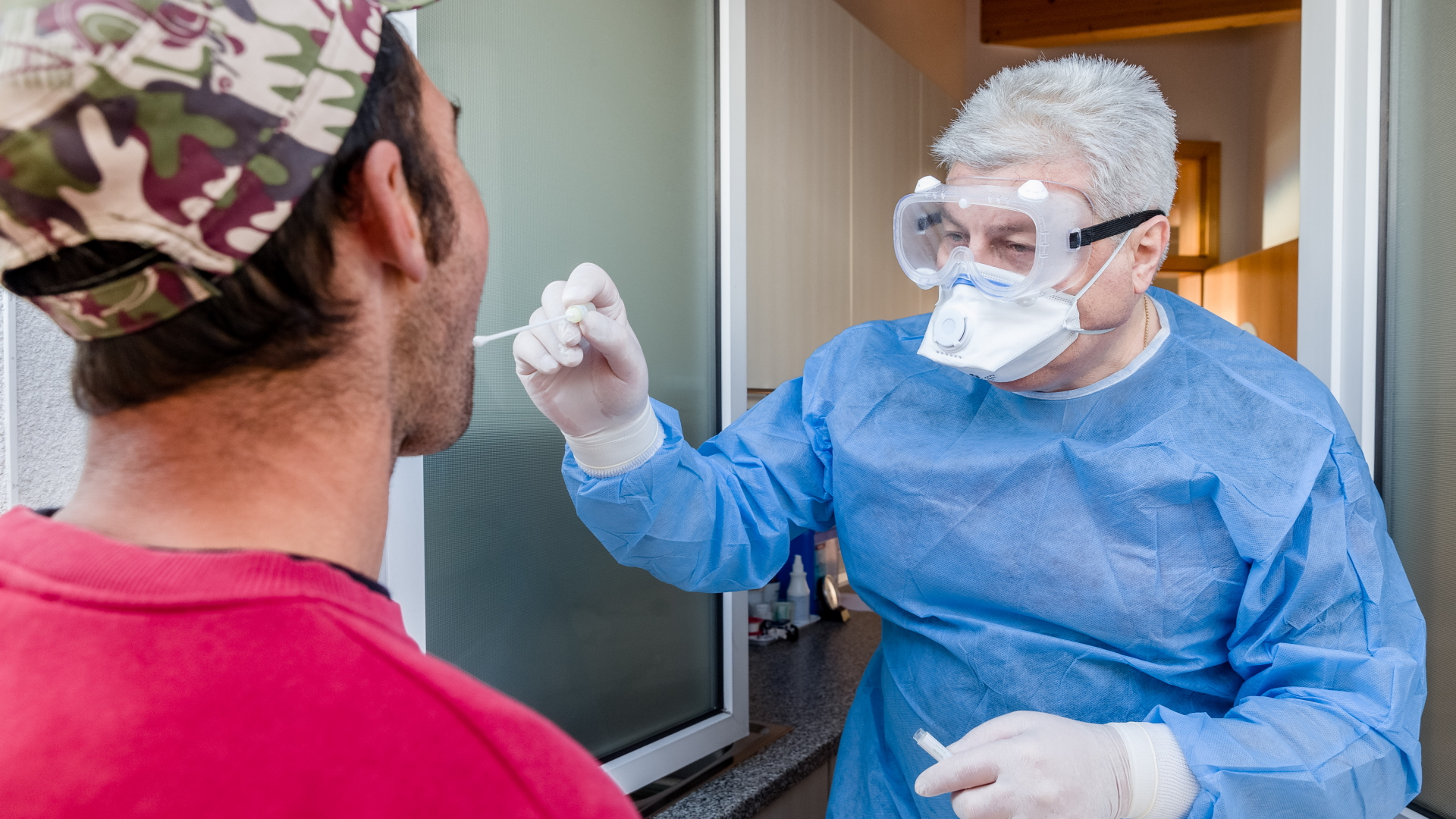
[ad_1]
For several consecutive days, the number of people who tested positive for coronavirus is now lower than in the previous week. But whether this is a true decline is questionable. Because the number of tests carried out at the moment is also decreasing considerably.
By Markus Grill, NDR / WDR
The Robert Koch Institute reported 14,419 new infections with the corona virus today. That’s a 6% decrease from Tuesday last week. Also on Monday, the number of new infections reported was 9% lower than on Monday the previous week. And the numbers on Sunday were also 5% lower than on Sunday 8 November.
But it is questionable whether this actually means a decline. According to the Association “Accredited Laboratories in Medicine” (ALM), the number of corona tests performed in the 46th calendar week (November 9-15) was 12.3% lower than the previous week. The decline in testing is therefore significantly greater than the decline in newly infected. Wolf Kupatt, board member of ALM, is therefore of the opinion that “no trend reversal” can be found from the previous data.
This is also supported by the fact that currently more and more corona tests are positive. According to the World Health Organization (WHO), the percentage of positive tests is a good indicator of whether or not a country has the pandemic under control. Because the lower the positivity rate, the smaller the number of other undiscovered infected people in a population. WHO then writes on its website that a percentage of “positive Covid19 tests for less than five percent” is a sign that a country has an overview of the actual infection rate.
In the summer, this so-called positive rate in Germany was less than 1%. It rose to 2.5% in early October, only to hit a high of 9.2% last week. This is true at least for the 163 laboratories participating in the ALM data collection. The value was even higher last week than the peak in early April, when, according to the Robert Koch Institute, the positive rate once hit 9.03%.
Probably a large number of unreported cases
A high positive rate is also a sign that the number of unreported cases is high, meaning the number of people who have been infected with the coronavirus but have not been tested because they show only mild symptoms or because the test capabilities are insufficient. After all, Germany is not the only country currently struggling with a high positive rate. In the United States it is 11%, in Spain 13%, in Italy by 16%, in France by 18% and in Austria by 24%.
The fact that corona tests carried out in Germany went from 1.45 million to 1.27 million in one week is also due to the modified RKI test criteria, according to ALM CEO Michael Müller. On November 11, the RKI published new criteria, according to which only subjects with “severe respiratory symptoms” should be tested, ie not all with a cough and runny nose, as in previous months. Persons belonging to a risk group, senior nurses, nurses, teachers, sports instructors and choir directors are excluded from this strict regulation.
The capacity of classic PCR corona tests is currently around 1.6 million, according to RKI. Since up to five million people get colds every week in the winter months, it is impossible to test all of these sick people for the corona virus in the future. Otherwise, up to 1.5 million tests per week would be required for children between the ages of 0 and 15 alone. Consequently, the RKI also admits: “It is unrealistic to confirm all Covid 19 diseases in Germany by testing.”
In view of a sharp decline in the number of corona tests with a simultaneous increase in the positivity rate and stricter testing criteria, a slight decrease in the number of those who tested positive does not yet indicate that the situation has actually subsided.
.
[ad_2]
Source link